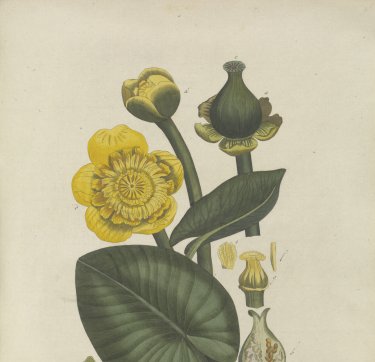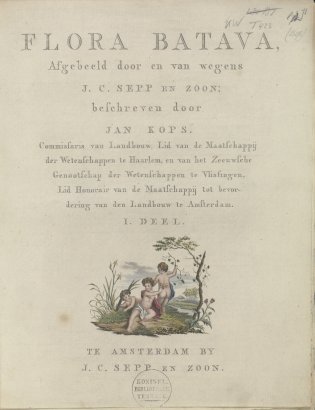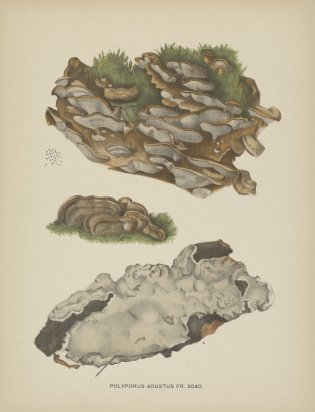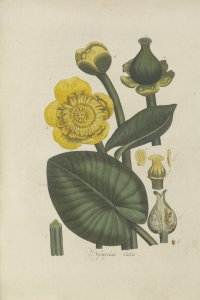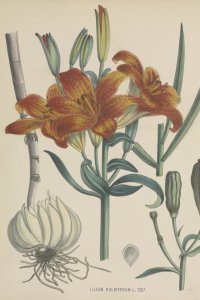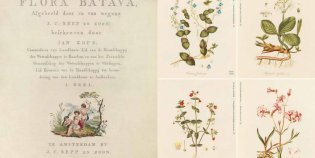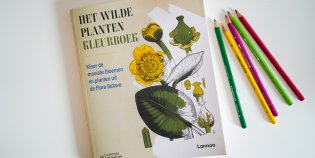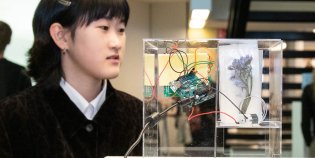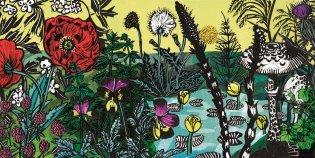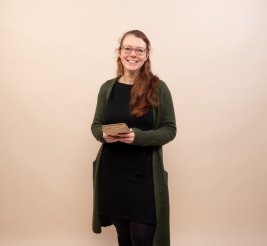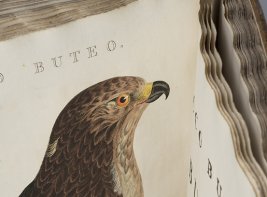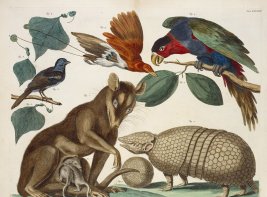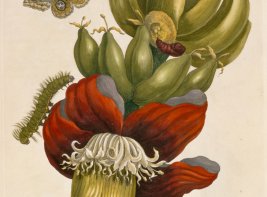Flora Batava (1800-1934)
Forgotten knowledge for today
Flora Batava is also full of special and interesting facts about plants. This sometimes includes long-forgotten knowledge, such as their use as food, fodder, medicine or pigment. It also always precisely indicates where and when a plant was observed, which is invaluable knowledge for contemporary biodiversity research.
View the Flora Batava
Researchers and KB members can view the original Flora Batava in the KB Special Collections reading room. The signature is KW T 423 and KW T 423a. You can request the work via the catalogue.
Reissue of Flora Batava
A special reissue of the Flora Batava was published on 1 June 2023. The reissue was created by publisher Lannoo in collaboration with the KB. All 2,240 illustrated plates are shown and renamed (identified), and a contemporary group of plant lovers has written new stories for 100 illustrations. The introduction and editing were done by Esther van Gelder, curator of old prints in the KB, and Norbert Peeters, botanical philosopher and writer. Find more information on Lannoo's website.
Videos
We have made short videos for the exhibition about the Flora Batava and the reissue. They concern the book itself and people who work with Dutch flora in their day to day life. You can view part 1 below. Watch the other videos on our YouTube channel.
The Flora Batava in the news
The media has paid a lot of attention to the new Flora Batava.
Articles
- Geelen, Jean-Pierre. "De Flora Batava is een prachtig boek over het Nederlandse plantenrijk anno 1800. Van deze nieuwe uitgave valt nog veel te leren." de Volkskrant, 26 mei 2023, https://www.volkskrant.nl/wetenschap/de-flora-batava-is-een-prachtig-boek-over-het-nederlandse-plantenrijk-anno-1800-van-deze-nieuwe-uitgave-valt-nog-veel-te-leren~bb7e5317/.
- "Nieuwe uitgave van botanisch monument Flora Batava." NOS, 31 mei 2023, https://nos.nl/artikel/2477254-nieuwe-uitgave-van-botanisch-monument-flora-batava.
Radio
- "Flora Batava, gierzwaluwen, wielrennen en alle overige onderwerpen." Vroege vogels, 28 mei 2023, https://www.bnnvara.nl/vroegevogels/artikelen/flora-batava-gierzwaluwen-wielrennen-en-alle-overige-onderwerpen.
- "Historische boeken met Sanne Frequin." OVT, 4 juni 2023, https://www.vpro.nl/programmas/ovt/speel~PREPR_RA1_17289234~historische-boeken-met-sanne-frequin~.html.
